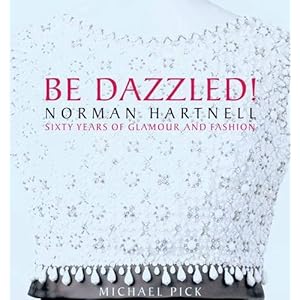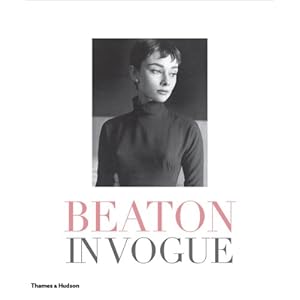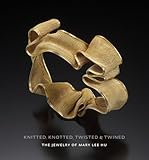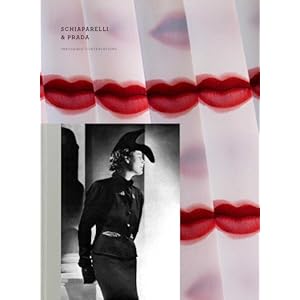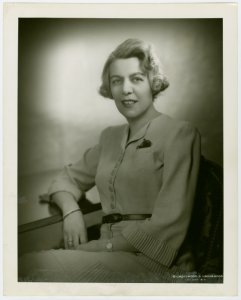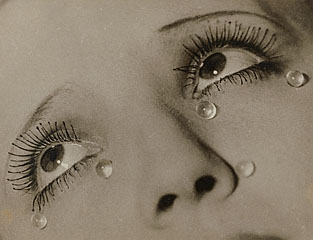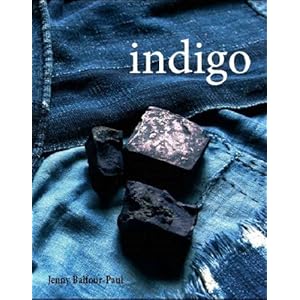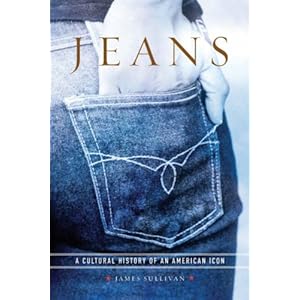The Fashion World of Jean Paul Gaultier: From the Sidewalk to the Catwalk exhibit at the de Young has been getting a fair amount of media attention since it opened to the public on March 24. Much of the coverage focuses on the technology used for the mannequins, and indeed when I first saw them I was mesmerized – to the point that I forgot to look at the garments on display in the first gallery. I began to get concerned that the distraction of the display techniques would overpower the rest of the show. But, by the end of the first gallery, I had thankfully re-engaged with the content.
The Museum has been organizing large scale events, as well as academic explorations of the exhibition through events including a conversational lecture between Suzy Menkes and the designer; as well as historical perspective by Kimberly Chrisman-Campbell. In Menkes introduction of Gaultier, she takes a moment to clarify that the ‘tricks’ and cleverness often used by designers (both exhibition designers and fashion designers) are not the real value of the exhibition. She points out that the value is really in Gaultier’s focus on “technique, skill and handwork.” She also made sure to draw attention to Gaultier’s ability to capture a moment in time.
Her comments are by no means insignificant, and when speaking on “technique, skill and handwork,”she points out that “if you search, you can find them” –perhaps implying that they weren’t as much of a focus as they should be. While I was certainly drawn in and amazed by the technology -ultimately it was his focus on craft and design (and yes, details) that ultimately kept me engaged.
The exhibit features over 200 utterly captivating objects that I’d put in the category of contemporary art – several of the speakers at the press preview felt that way too. Gaultier’s work is both ‘of the moment’ and contains historical reference and I frequently found myself identifying a particular moment in history: the Madonna cone bra being the obvious iconic element.
I also found historical references in a pair of men’s pants that reminded me of a Charles James ball gown; or the Red-beaded headdress in the shape of a schooner harkening Marie Antoinette; or a pair of women’s trousers with knife-pleates at the bottom which reminded me of some of Dior’s work from the 1950s. For those not able to see the show in person – there is a huge exhibition catalog (and Amazon is selling it at a discount: it’ll save you $50). For those of you who are able to see it (or who saw it in Montreal) – what’s your take on the mannequins?
Please enjoy the brief photo-tour

















































